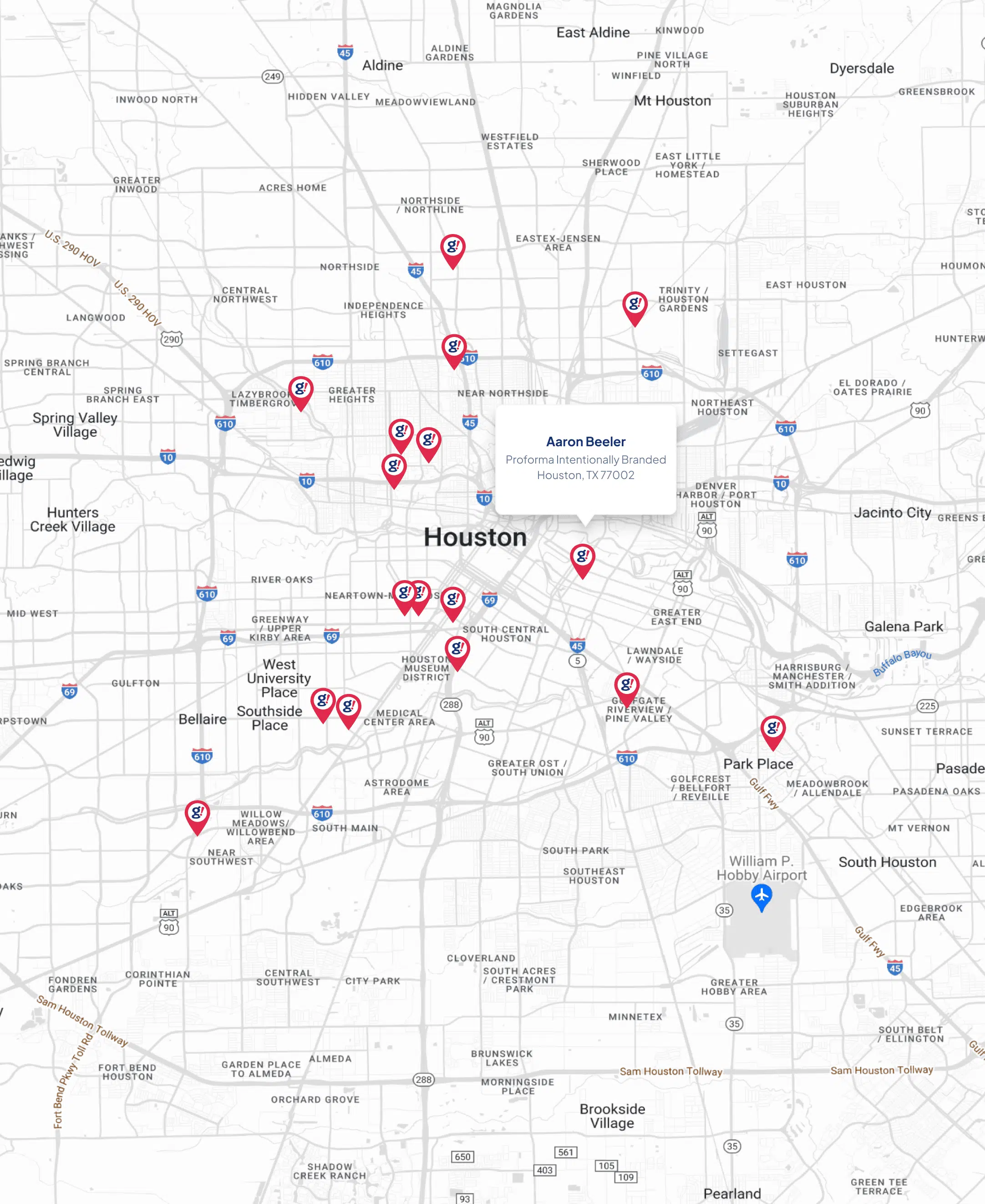How Artificial Intelligence Can Impact E-Commerce Experiences
- Updated on: 2021-05-12
- Read original article here

Artificial intelligence (AI) is revolutionizing the e-commerce industry. As the pandemic increases the popularity of online shopping, customers are demanding quicker, more seamless shopping experiences. As a result, artificial intelligence tools are experiencing a massive spike in demand.
The retail AI market will see a compound annual growth-rate increase of 34.9% between 2020 and 2027, reaching a value of $6.76 billion based on findings from a study by Acumen Research.
“It is absolutely worth the cost for e-commerce businesses,” said Dr. David Doermann, director of the Artificial Intelligence Institute at University at Buffalo. “There are a lot of things that users expect now. And if they search for something and it’s not exactly what they’re looking for, they’ll go somewhere else.”
AI can bring significant returns to companies that exercise patience and integrate the technology into their human-based businesses, rather than trying to replace human employees, according to a BCG Henderson Institute/MIT study.
However, AI is a broad category, and not every AI feature can serve every retail business. Through research and expert interviews, this article will cover the latest AI tools in e-commerce, what to expect in the coming years, and how entrepreneurs can make AI work for their specific needs.
Here are AI tools to keep an eye on in 2021.
By now, many e-commerce customers have used some form of a chatbot, a website bot that acts as a customer service representative. The demand for easy, 24/7 access to customer service has led many companies to implement chatbots, according to Jacob Zweig, co-founder and principal data scientist of AI software provider Strong Analytics.
“There is an increase in demand for always having a responsive customer service. Growing companies have to have a way to alleviate demand on their customer service team,” Zweig said. “In a way, chatbots are a replacement for automated phone systems, which drive everyone nuts.”
Chatbot features are useful if a company receives the same questions over and over again, Zweig explained, since the bot can refer customers to simple FAQ answers.
“I think it’s still in its infancy. It’s starting to get better. But there’s still a lot of improvements needed before [chatbots] can actually replace customer service representatives and have an actual conversation,” said Zweig.
Voice commerce allows customers to make purchases online using a device with a voice assistant, like a smartphone, Amazon Echo, or Google Home.
Audio AI bots are beginning to understand what people are saying, Doermann said. Some tools can even translate languages.
“The technology now is good enough to recognize what a person is saying as well as being able to synthesize a voice,” said Doermann. “But we’re not at the point where we can recognize every word. Just key information.”
Voice commerce brands are continuing to improve on their technologies in 2021, said Doermann. He referred to Alexa’s annual Socialbot Grand Challenge, which calls on experts from across the country to compete by building new voice commerce tools.
Augmented reality (AR) is a recent and continually evolving e-commerce tool to look out for in 2021. On certain devices, customers can already virtually try on accessories and apparel. Prospective car buyers can use AR apps to toggle between different color options.
“All of these things look very realistic. This was usually something you would need a graphic artist to do in the past. Now, we can automate these things,” said Doermann.
Through visual searching, customers can upload photos of products and trigger a search based on visual algorithms. This technology has improved over the past few years and is becoming more widely available. Google Lens, for example, allows users to tap and hold an image, which launches a search for the product in online stores. The Google app and iOS recently began offering visual searching, too.
“You can take your camera, point it at something and say: I want products that look like this,” said Doermann. “It’s a way to really personalize the e-commerce shopping experience for the consumer.”
Facial recognition technology can be used to identify a customer’s age, gender, and other physical qualities, which can help an e-commerce business learn more about its target audience. Business owners can access customers’ purchase histories and preferences and use this information to target their base with personalized recommendations and messages.
Recent technology even allows customers to pay through facial recognition without entering any other information.
A common AI e-commerce option, a product recommendation tool suggests new products to customers based on their demographics, location data, previous individual behavior, and other metrics. These recommendations may show up on the e-commerce site itself, or through targeted social media advertising. According to Zweig, product recommendations don’t usually require a lot of data to launch, and while performance varies, they can be useful.
“Sometimes they’re good, [but] sometimes they’re not so good when they recommend the silly umbrella hat to you because you bought rain boots,” Zweig said. “But, [product recommendation is] a great revenue driver for Amazon, and it may help improve the discoverability of niche products.”
As AI collects more of this data over time, self-learning mechanisms improve the recommendations, Zweig said.
E-commerce businesses often rely on banks and payment institutions to detect credit card fraud, Doermann said. For example, banks frequently use AI to detect anomalies in an individual’s bank card usage based on past behavior.
E-commerce businesses may also use AI-related CAPTCHA or reCAPTCHA technology to reduce fraud, Zweig said. The tech requires users to prove that they’re humans, not robots, by identifying images. However, this technology can be inaccessible to people with visual disabilities.
Common AI e-commerce technology already recommends new products to customers based on their previous shopping behavior, using the data to predict their interests and what they might buy next.
But using AI to predict the impact of customer behavior on inventory management is less of an established science. Tech decisions will depend on the individual company’s needs and its specific desired outcome from the AI, Zweig said.
“The core problem with inventory management is predicting it,” he said. “You can build systems and they are dynamically optimized to keep learning from the things it does. But a fully automated predictive solution—it’s hard to get to here.”
Doermann said that analyzing existing data is more dependable right now when it comes to predicting customer behavior.
“Maybe you have something that becomes very popular all of a sudden, like masks, and you know that soon it’s not going to be as popular because the market is being saturated,” said Doermann. “This is the type of automated prediction you would look for, but right now, inventory management is much more data science and less AI.”
A lot of AI e-commerce technology requires customers to reveal information about themselves, including their location, gender, income levels, and other types of tracking data. This type of data collection has led to public discomfort and even legal action.
The cost of AI tools varies greatly depending on your business needs, and whether you’re purchasing “off the shelf” or custom-built products.
Amazon Web Services offers ready-built SaaS AI products with highly personalized, tiered pricing, including a customer chat service for $0.004 per message, and an e-commerce recommendation system that could cost $0.067 for every 1,000 recommendations, plus storage and training fees.
“The first step you want to take is to see if there’s an off-the-shelf tool that will accomplish what you need, because that’s the path of least resistance,” Zweig said. “If your case goes beyond that, it’s time to see what a custom solution looks like.”
Building custom AI solutions will likely be more labor-intensive and expensive, whether you use an in-house development team or outsource the effort to an AI software company. However, a custom solution puts your business in total control of the product. In an industry that changes all the time—Google changes its AI constantly, and smaller businesses often get acquired, Zweig said—this power can be invaluable.



